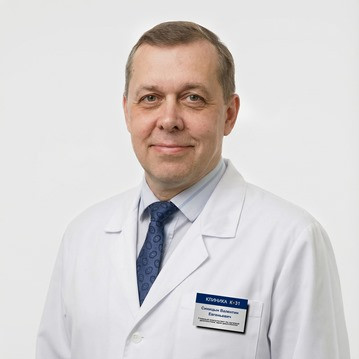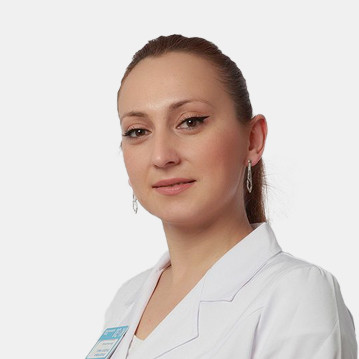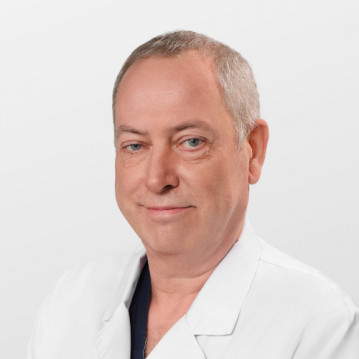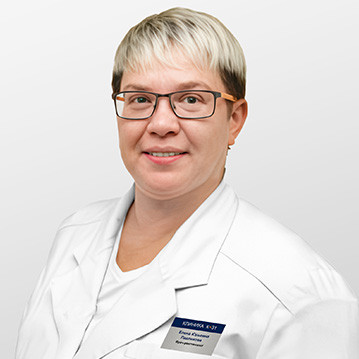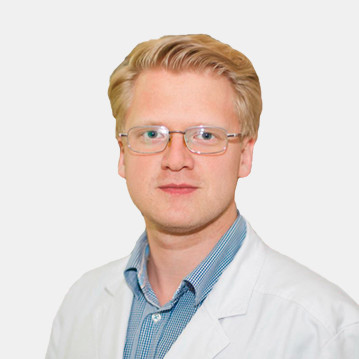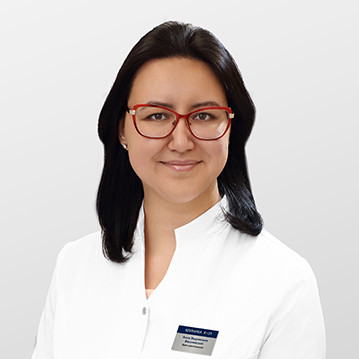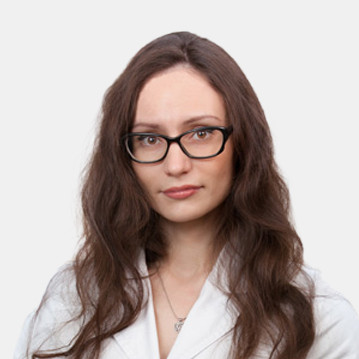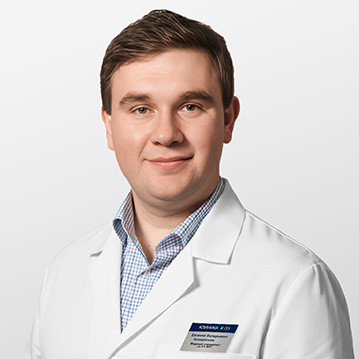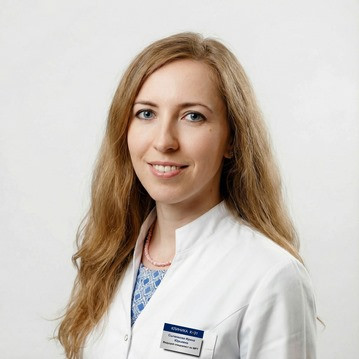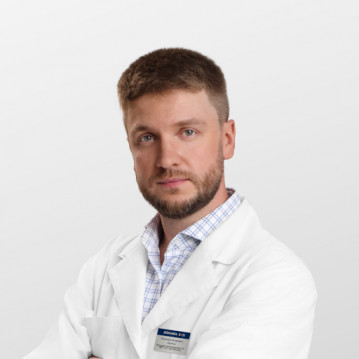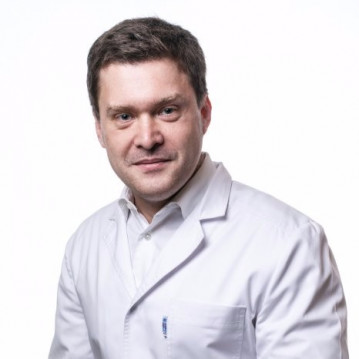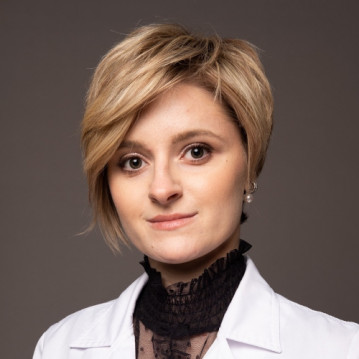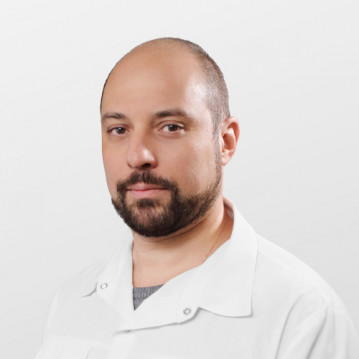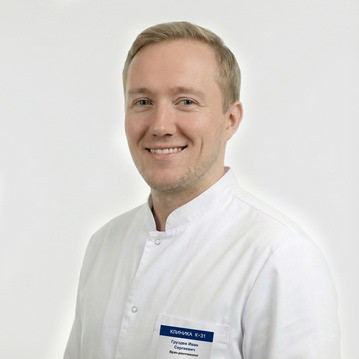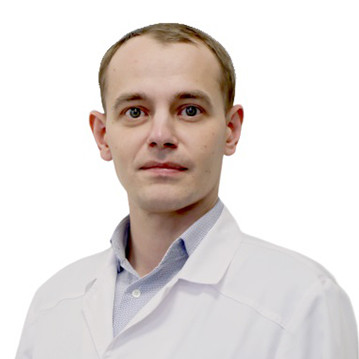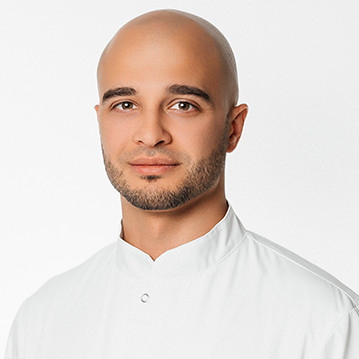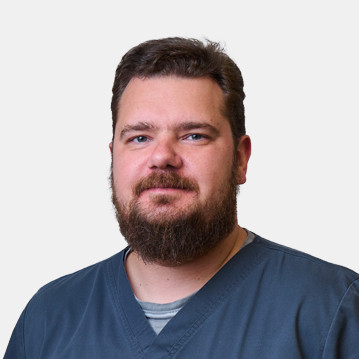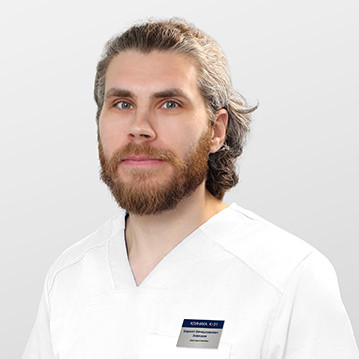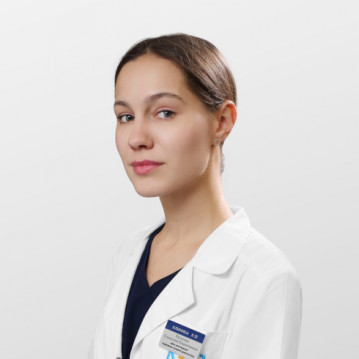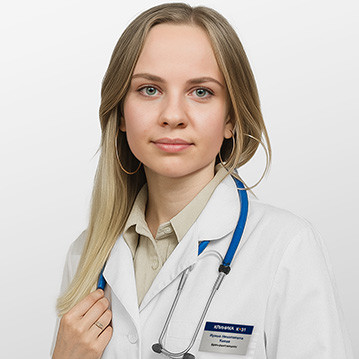Computed tomography of the joints is an accurate, non-invasive and fast diagnostic technique. It makes it possible to study the condition of the joint and adjacent tissues and cartilage. Thanks to a series of x-rays taken in different projections, the doctor can to diagnose or exclude destructive, tumor and inflammatory processes, neoplasms, edema, tissue cracks, seals, cysts, abscesses.
It is possible to make a CT scan of the joints in Moscow quickly, efficiently, affordably and using modern equipment at the "K+31" clinic.
CT of joints: what does it show
During the diagnosis, the tomograph creates several hundred images, thanks to which the doctor receives the most complete image of the affected area. With the help of CT diagnostics, it is possible to visualize the processes occurring in hard (bone) and soft (connective, cartilage, muscle) tissues.
Examination makes it possible to detect:
- accumulation of blood and fluid in the articular sac;
- diffuse changes;
- tumors of any nature, metastases and their localization;
- arthritis, arthrosis;
- focal changes, dystrophy;
- developmental disorders or joint damage in autoimmune diseases;
- osteophytes, osteomyelitis;
- presence and location of foreign bodies - for example, in injuries or prosthetics.
CT of the joints is also prescribed for people over 45 years of age as part of preventive comprehensive examinations and in preparation for elective surgeries.
Types of CT of bones and joints
The "K+31" clinic performs all types of diagnostics, including computed tomography:
- shoulder joint;
- elbow and wrist joint;
- facial bones;
- collarbone, adjacent joints and soft tissues;
- CT of leg joints: knee, foot, femur, lower leg bones;
- brushes;
- lower and upper jaw;
- humerus;
- hip joint;
- temporal bones;
- pelvic bones.
Scanning is carried out as prescribed by an orthopedist or traumatologist.
Indications for joint CT
Quite often, CT is done for fractures. However, the specialist may also refer the patient to the diagnosis of the joint in the following cases:
- appearance of pain of unknown etiology, including decreased mobility;
- developmental anomalies of various origins;
- the need to confirm or refute the presence of cysts, tumors, metastases;
- preoperative examination;
- traumatic injury;
- inflammatory processes;
- the need for complex diagnostics to evaluate ongoing therapy;
- systemic and autoimmune pathologies.
Diagnosis is used in cases where other research methods (radiography, magnetic resonance imaging, ultrasound) are contraindicated or turned out to be uninformative.
